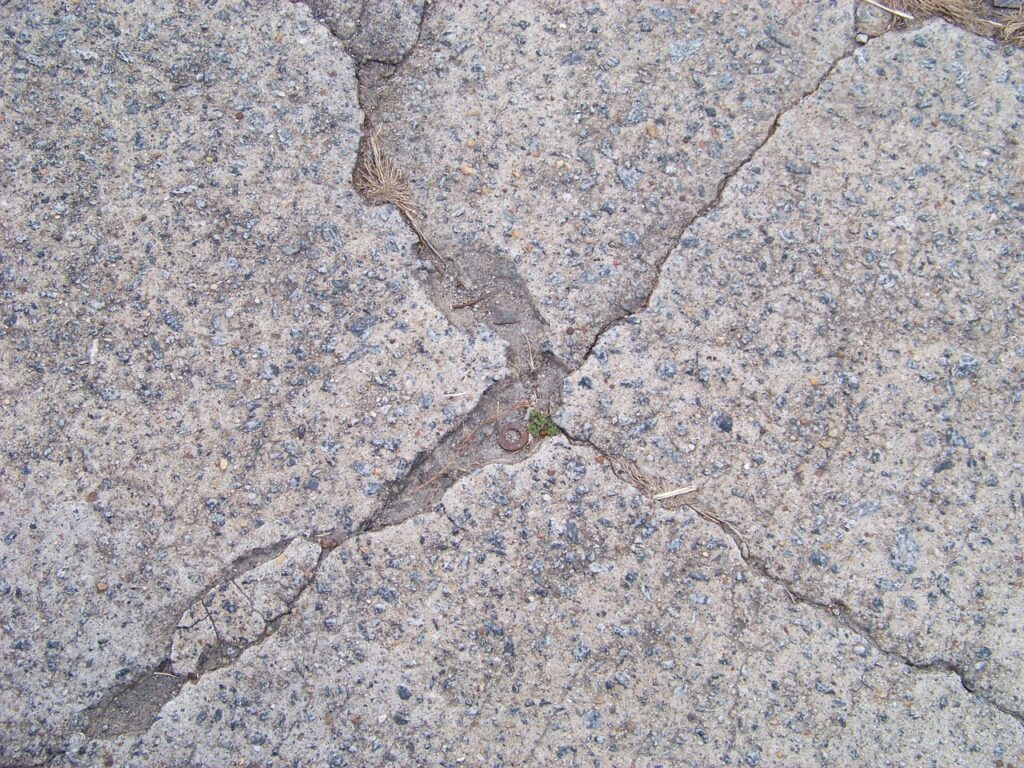Your driveway is concrete—solid and dependable until it isn’t. Small cracks appear. Potholes form. Salt and rain seep inside. Winter freeze expands water trapped in those gaps.
Concrete cracks wider and breaks apart. Getting driveway repair GTA contractors out now stops small issues from turning into nightmares. October is your last safe month to fix problems before snow and ice make work risky.
Freeze-Thaw Cycles Destroy Pavement
Water enters tiny cracks in your driveway. It sits there waiting for temperatures to drop. When frost hits, water freezes and expands. Ice pushes concrete outward and upward. Cracks widen. Chunks break free. What was a hairline fracture becomes a gaping hole in days.
This cycle repeats all winter. Each freeze-thaw worsens damage. By spring, your driveway looks like a war zone. Repairs that cost $200 in October cost $2,000 in April. Water damage spreads underneath the surface too. Subbase erosion means your driveway sinks and settles unevenly. That’s a foundation problem, not just cosmetic damage.
Spot These Warning Signs Now
Look for hairline cracks that spider across your driveway. Alligator cracking—small cracks forming patterns—signals deep problems. Potholes are obvious trouble. Uneven sections where one side sits higher than the other indicate settling. Water pooling in certain spots shows poor drainage or subbase failure.
Check the edges too. Deterioration along the perimeter spreads inward. Spalling—where concrete flakes and scales away—grows fast in winter. White powder on concrete (efflorescence) suggests moisture issues inside. These signs all point to freeze-thaw problems coming if you don’t act.
Sealing Stops Water Entry
Concrete is porous. Water seeps in naturally. A quality sealer forms a barrier that blocks moisture. Sealing stops freeze-thaw damage before it starts. It’s cheap prevention.
Sealers last 2-3 years. Reapply every other year for best protection. Some sealers are water-based and eco-friendly. Others are oil-based and tougher. Ask your contractor which works best for your climate. Either way, sealed concrete lasts decades longer than unsealed concrete.
Cracks Need Filling Now
Small cracks—less than one-quarter inch—need simple filling. Caulk-based fillers work fine. They’re cheap and fast. Your contractor applies them with a caulk gun. Work takes an hour. Cost runs $50-150 depending on crack length.
Ask your contractor about limitations and care. They’ll give you a timeline. Follow it carefully. Your repair’s lifespan depends on proper curing and care.
Schedule Your Work This Week With Epic Paving
Don’t delay. October weather is ideal for concrete work. Temperatures are moderate. Rain odds are lower than other seasons. Winter work is dangerous and slow. Cold temps prevent proper curing. Crews have fewer open slots by November.
Your driveway serves you daily. Cracks grow into craters. Craters grow into replacements. Stop the cycle now with smart repairs. Your wallet will thank you when spring arrives without surprise damage.










